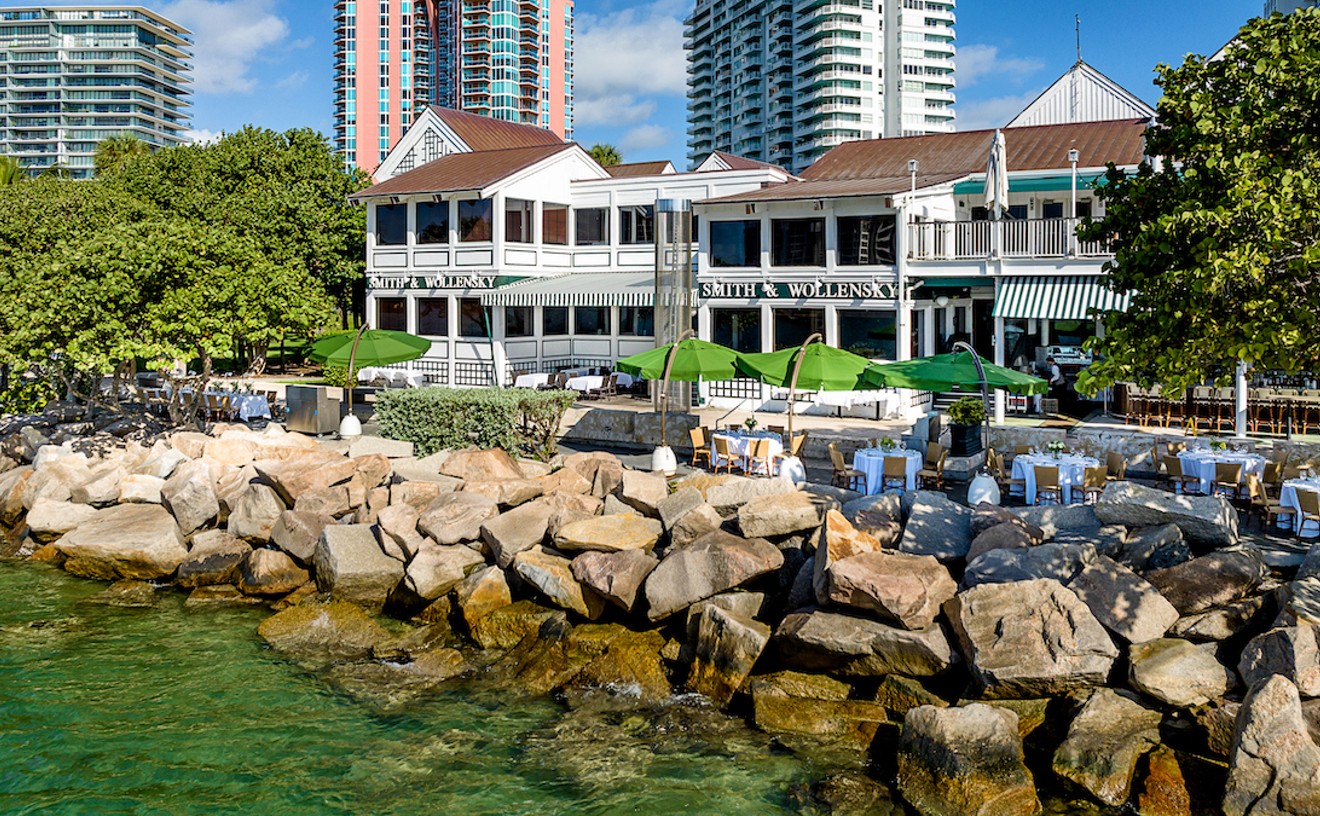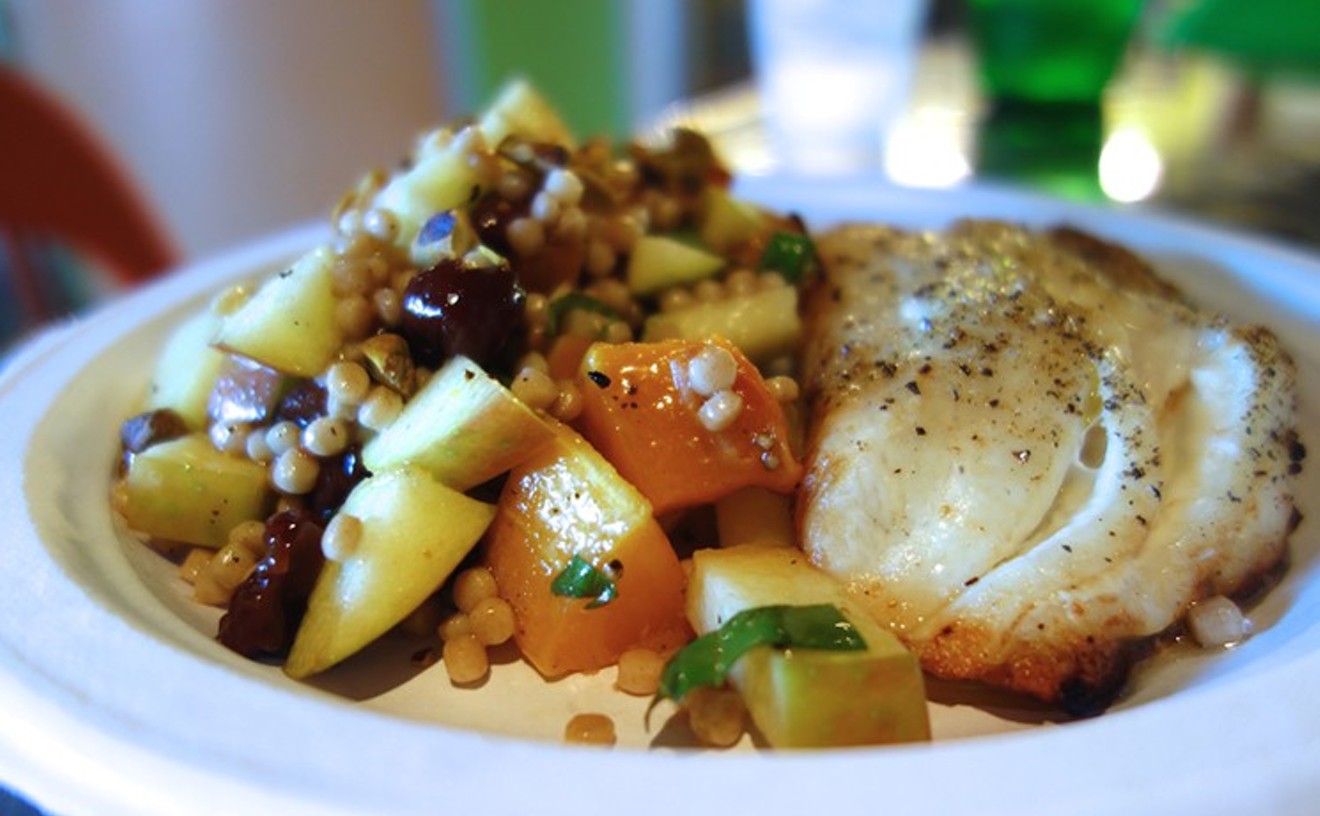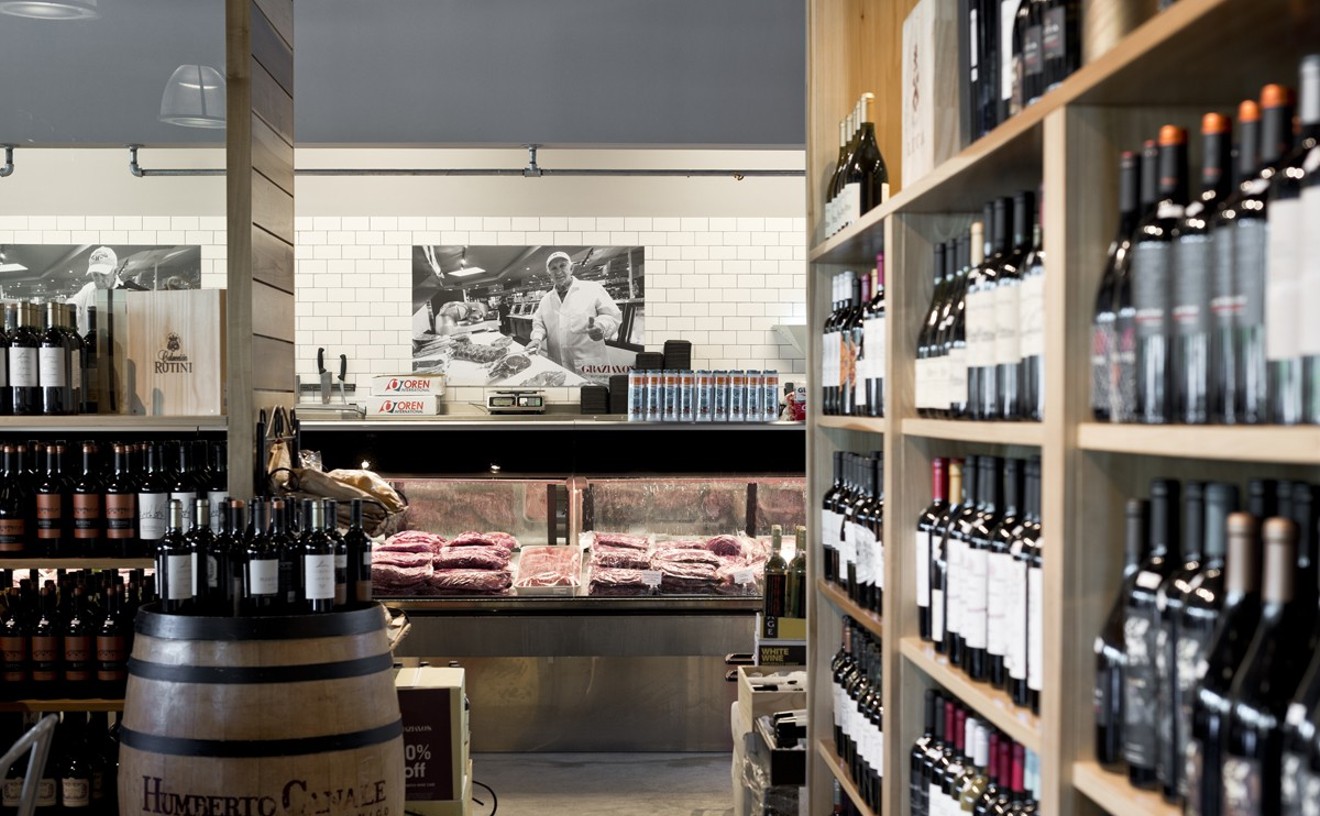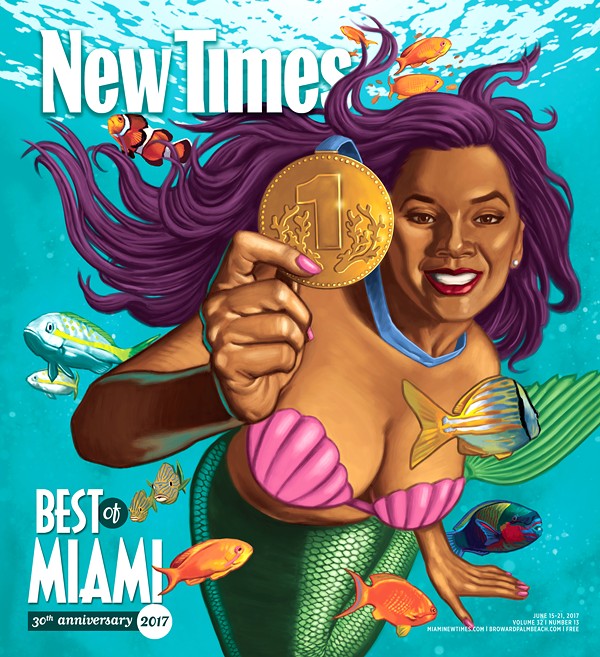Smith & Wollensky is not only a venerated institution for steak, but it also has one of the loveliest views in the nation. The restaurant is located in South Pointe Park, on the southernmost tip of Miami Beach. That piece of real estate happens to overlook Government Cut, the shipping channel that leads to PortMiami. The restaurant recently completed a major renovation, which means more outdoor space and a second-floor alfresco bar. So while you're enjoying your USDA Prime boneless New York strip ($50), you can wave to the happy cruisers setting off for points south. If you're on a budget, try the steak sandwich, made with the same prime beef, for a wallet-friendly $19.
Readers' choice: Rusty Pelican













